Life on Another Planet? Life-Linked Gas Detected on Exoplanet K2-18b
Life on Another Planet? Life-Linked Gas Detected on Exoplanet K2-18b
Life on Another Planet? Life-Linked Gas Detected on Exoplanet K2-18b
Apr 18, 2025
Apr 18, 2025

Artist's impression of the exoplanet K2-18b (on the right) orbiting the red dwarf star K2-18. Credit: ESA/Hubble, CC BY 4.0 <https://creativecommons.org/licenses/by/4.0>, via Wikimedia Commons.
Artist's impression of the exoplanet K2-18b (on the right) orbiting the red dwarf star K2-18. Credit: ESA/Hubble, CC BY 4.0 <https://creativecommons.org/licenses/by/4.0>, via Wikimedia Commons.
Scientists have detected possible signs of a life-related gas on K2-18b, 124 light-years from Earth. Could this be a milestone in the search for extraterrestrial life? Discover what’s known so far.
Scientists have detected possible signs of a life-related gas on K2-18b, 124 light-years from Earth. Could this be a milestone in the search for extraterrestrial life? Discover what’s known so far.
The universe may be sending us revealing clues. In a promising discovery, researchers have announced the potential detection of a life-associated gas in the atmosphere of exoplanet K2-18b, located 124 light-years from Earth. The analysis was performed using data from the James Webb Space Telescope (JWST), the most advanced astronomical instrument ever launched.
The study is led by Professor Nikku Madhusudhan of the University of Cambridge, whose team is behind this potentially historic finding.
Which Gas Was Detected?
The researchers identified signatures of dimethyl sulfide (DMS) or dimethyl disulfide (DMDS)—compounds on Earth produced exclusively by living organisms, especially marine phytoplankton and certain bacteria.
Estimated concentrations on K2-18b would be thousands of times higher than those on our planet, raising the intriguing possibility: could this world harbor life?
Scientific Caution: Not Yet Proof of Life
Despite the excitement, scientists urge caution. The current detection confidence is at three sigma (≈99.7% certainty), which is insufficient for a definitive claim that requires five sigma confidence.
Madhusudhan’s team plans further JWST observations to reduce uncertainty and achieve a more robust confidence level.
Alternative Explanations Under Investigation
It’s paramount to consider nonbiological sources of DMS. Some researchers are testing in laboratories whether geological or chemical processes, yet unknown, could generate this gas.
Another hypothesis suggests that K2-18b might possess a molten-rock ocean rather than liquid water, which precludes Earth-like life. Furthermore, some believe K2-18b is a mini gas giant without a solid surface. On the other hand, the absence of ammonia hints at possible water presence, keeping the debate alive.
Ongoing Scientific Debate
This discovery has sparked intense discussion among experts. Scientists like Catherine Heymans and Oliver Shorttle highlight uncertainties in the planet’s atmospheric composition and the true origin of the detected signal.
Meanwhile, NASA’s Dr. Nicolas Wogan proposes that K2-18b is a gas giant, contrary to earlier JWST–based analyses.
What’s Next?
New JWST observations are already scheduled. If these signals are confirmed, the finding could mark one of the most promising advances in modern science, potentially transforming our understanding of life in the universe.
For Professor Madhusudhan, this may represent a decisive step toward answering humanity’s oldest question: Are we alone in the cosmos?
—
Want to follow the latest developments in this discovery? Read the original BBC article here.
The universe may be sending us revealing clues. In a promising discovery, researchers have announced the potential detection of a life-associated gas in the atmosphere of exoplanet K2-18b, located 124 light-years from Earth. The analysis was performed using data from the James Webb Space Telescope (JWST), the most advanced astronomical instrument ever launched.
The study is led by Professor Nikku Madhusudhan of the University of Cambridge, whose team is behind this potentially historic finding.
Which Gas Was Detected?
The researchers identified signatures of dimethyl sulfide (DMS) or dimethyl disulfide (DMDS)—compounds on Earth produced exclusively by living organisms, especially marine phytoplankton and certain bacteria.
Estimated concentrations on K2-18b would be thousands of times higher than those on our planet, raising the intriguing possibility: could this world harbor life?
Scientific Caution: Not Yet Proof of Life
Despite the excitement, scientists urge caution. The current detection confidence is at three sigma (≈99.7% certainty), which is insufficient for a definitive claim that requires five sigma confidence.
Madhusudhan’s team plans further JWST observations to reduce uncertainty and achieve a more robust confidence level.
Alternative Explanations Under Investigation
It’s paramount to consider nonbiological sources of DMS. Some researchers are testing in laboratories whether geological or chemical processes, yet unknown, could generate this gas.
Another hypothesis suggests that K2-18b might possess a molten-rock ocean rather than liquid water, which precludes Earth-like life. Furthermore, some believe K2-18b is a mini gas giant without a solid surface. On the other hand, the absence of ammonia hints at possible water presence, keeping the debate alive.
Ongoing Scientific Debate
This discovery has sparked intense discussion among experts. Scientists like Catherine Heymans and Oliver Shorttle highlight uncertainties in the planet’s atmospheric composition and the true origin of the detected signal.
Meanwhile, NASA’s Dr. Nicolas Wogan proposes that K2-18b is a gas giant, contrary to earlier JWST–based analyses.
What’s Next?
New JWST observations are already scheduled. If these signals are confirmed, the finding could mark one of the most promising advances in modern science, potentially transforming our understanding of life in the universe.
For Professor Madhusudhan, this may represent a decisive step toward answering humanity’s oldest question: Are we alone in the cosmos?
—
Want to follow the latest developments in this discovery? Read the original BBC article here.
The universe may be sending us revealing clues. In a promising discovery, researchers have announced the potential detection of a life-associated gas in the atmosphere of exoplanet K2-18b, located 124 light-years from Earth. The analysis was performed using data from the James Webb Space Telescope (JWST), the most advanced astronomical instrument ever launched.
The study is led by Professor Nikku Madhusudhan of the University of Cambridge, whose team is behind this potentially historic finding.
Which Gas Was Detected?
The researchers identified signatures of dimethyl sulfide (DMS) or dimethyl disulfide (DMDS)—compounds on Earth produced exclusively by living organisms, especially marine phytoplankton and certain bacteria.
Estimated concentrations on K2-18b would be thousands of times higher than those on our planet, raising the intriguing possibility: could this world harbor life?
Scientific Caution: Not Yet Proof of Life
Despite the excitement, scientists urge caution. The current detection confidence is at three sigma (≈99.7% certainty), which is insufficient for a definitive claim that requires five sigma confidence.
Madhusudhan’s team plans further JWST observations to reduce uncertainty and achieve a more robust confidence level.
Alternative Explanations Under Investigation
It’s paramount to consider nonbiological sources of DMS. Some researchers are testing in laboratories whether geological or chemical processes, yet unknown, could generate this gas.
Another hypothesis suggests that K2-18b might possess a molten-rock ocean rather than liquid water, which precludes Earth-like life. Furthermore, some believe K2-18b is a mini gas giant without a solid surface. On the other hand, the absence of ammonia hints at possible water presence, keeping the debate alive.
Ongoing Scientific Debate
This discovery has sparked intense discussion among experts. Scientists like Catherine Heymans and Oliver Shorttle highlight uncertainties in the planet’s atmospheric composition and the true origin of the detected signal.
Meanwhile, NASA’s Dr. Nicolas Wogan proposes that K2-18b is a gas giant, contrary to earlier JWST–based analyses.
What’s Next?
New JWST observations are already scheduled. If these signals are confirmed, the finding could mark one of the most promising advances in modern science, potentially transforming our understanding of life in the universe.
For Professor Madhusudhan, this may represent a decisive step toward answering humanity’s oldest question: Are we alone in the cosmos?
—
Want to follow the latest developments in this discovery? Read the original BBC article here.

Compartir en:
Ver También
Ver También

Microplásticos detectados en el líquido folicular ovárico: ¿qué significa para la fertilidad humana?
Apr 22, 2025

Crisis humanitaria en Myanmar: millones necesitan ayuda tras terremotos devastadores
Apr 21, 2025

¿Vida en otro planeta? Detectan gas vinculado a la vida en el exoplaneta K2-18b
Apr 18, 2025

¿Lobos terribles recreados? Conoce los animales modificados genéticamente por Colossal Biosciences
Apr 11, 2025

Seguridad digital e inteligencia artificial: soluciones y desafíos en 2025
Apr 3, 2025

Salud cardiovascular en comunidades rurales: estudio revela los impactos de los factores sociales
Apr 1, 2025

Calor inesperado marca el primer día de la primavera de 2025 en el Reino Unido: ¿señal del cambio climático?
Mar 21, 2025

DeepSeek AI: el chatbot chino que está sacudiendo el mercado global
Feb 7, 2025

Estudio revela que la vida social activa puede reducir el riesgo de demencia
Feb 4, 2025

Año nuevo lunar 2025: la llegada del año de la serpiente
Jan 30, 2025

Nueva hipótesis sobre el origen de los dinosaurios desafía conceptos tradicionales
Jan 27, 2025
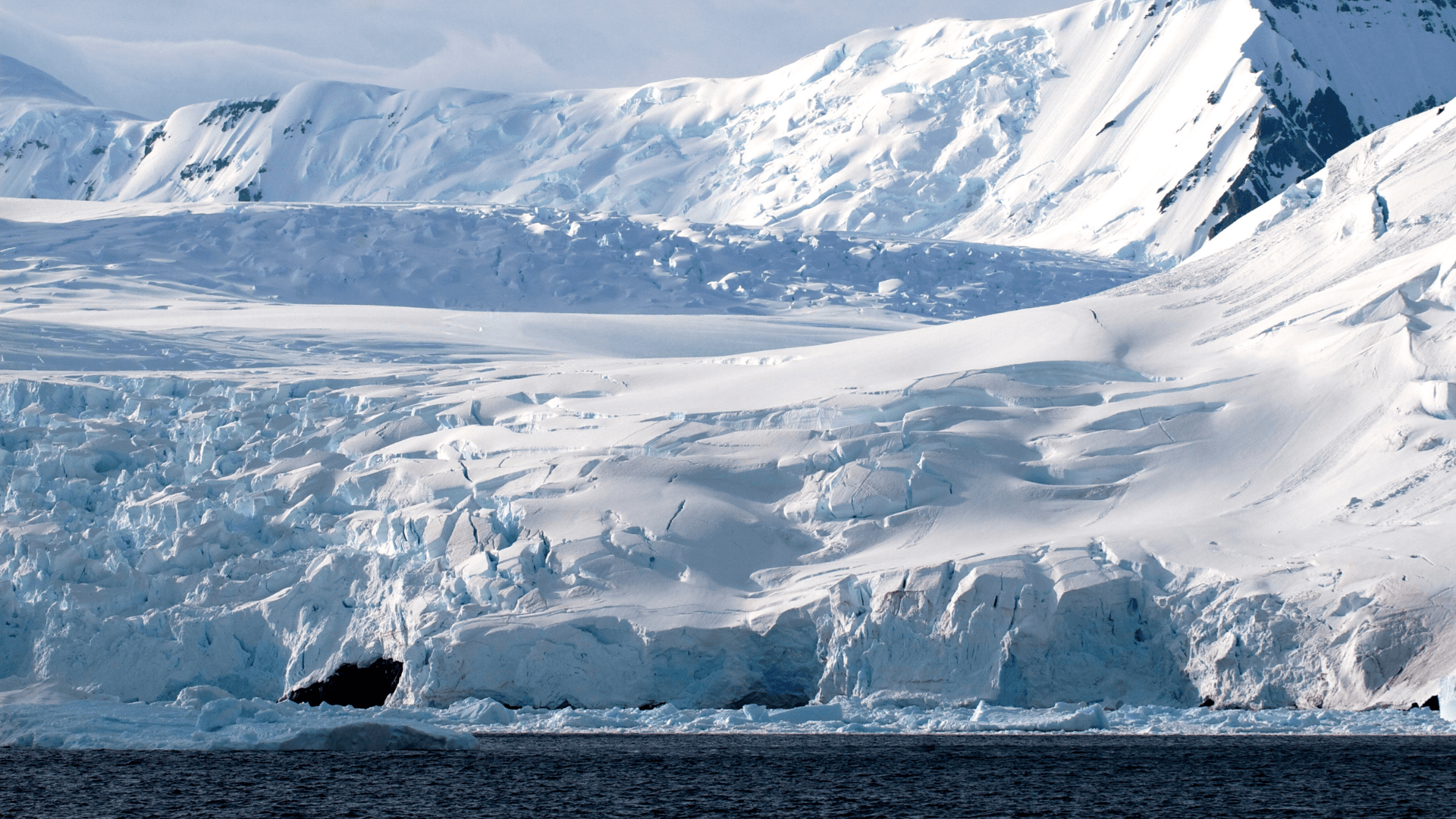
Colapso de la plataforma de hielo Conger: alerta para la Antártida Oriental
Dec 20, 2024

Emociones y el cuerpo humano: conexiones milenarias en textos neoasirios
Dec 20, 2024

Un estudio relaciona la contaminación atmosférica con el riesgo de tromboembolia venosa
Dec 20, 2024
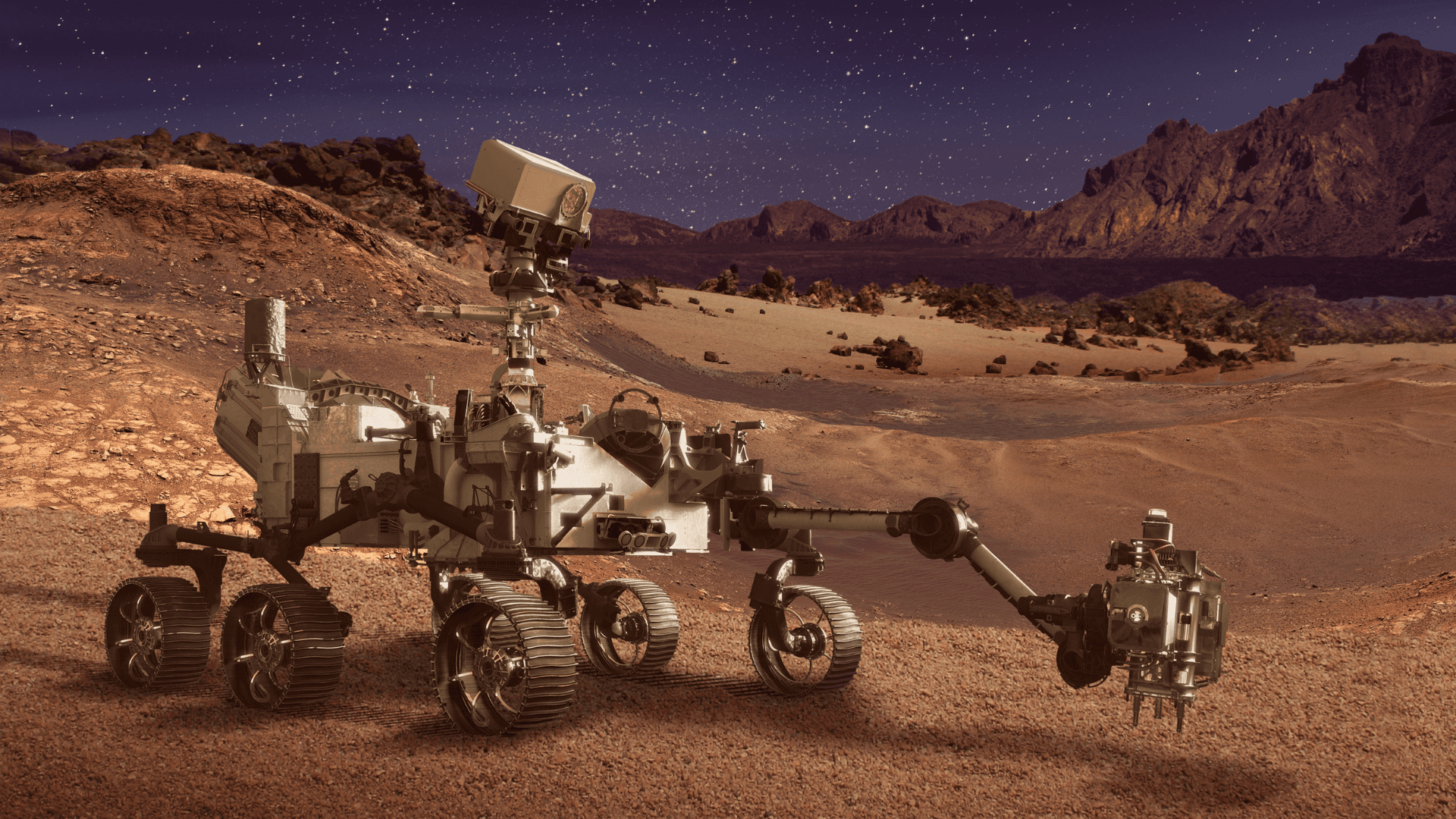
Ambiente potencialmente habitable en Marte descubierto por Perseverance
Dec 20, 2024

Revolución XRISM: Nuevos descubrimientos sobre agujeros negros supermasivos
Oct 15, 2024

Estudio aponta que la duplicación del gen AMY1, relacionado con la digestión del almidón, precede a la agricultura
Oct 14, 2024

Nacimientos en la UE caen por debajo de los 4 millones por primera vez desde 1960
Oct 11, 2024

Excavación en Dinamarca revela 50 esqueletos Viking increíblemente preservados
Oct 10, 2024

Estudio detecta mayor incidencia de asma y rinitis alérgica en personas nacidas en otoño e invierno en Finlandia
Oct 9, 2024

Estudio señala similitudes entre la pubertad de adolescentes de la Edad de Hielo y jóvenes modernos
Oct 8, 2024
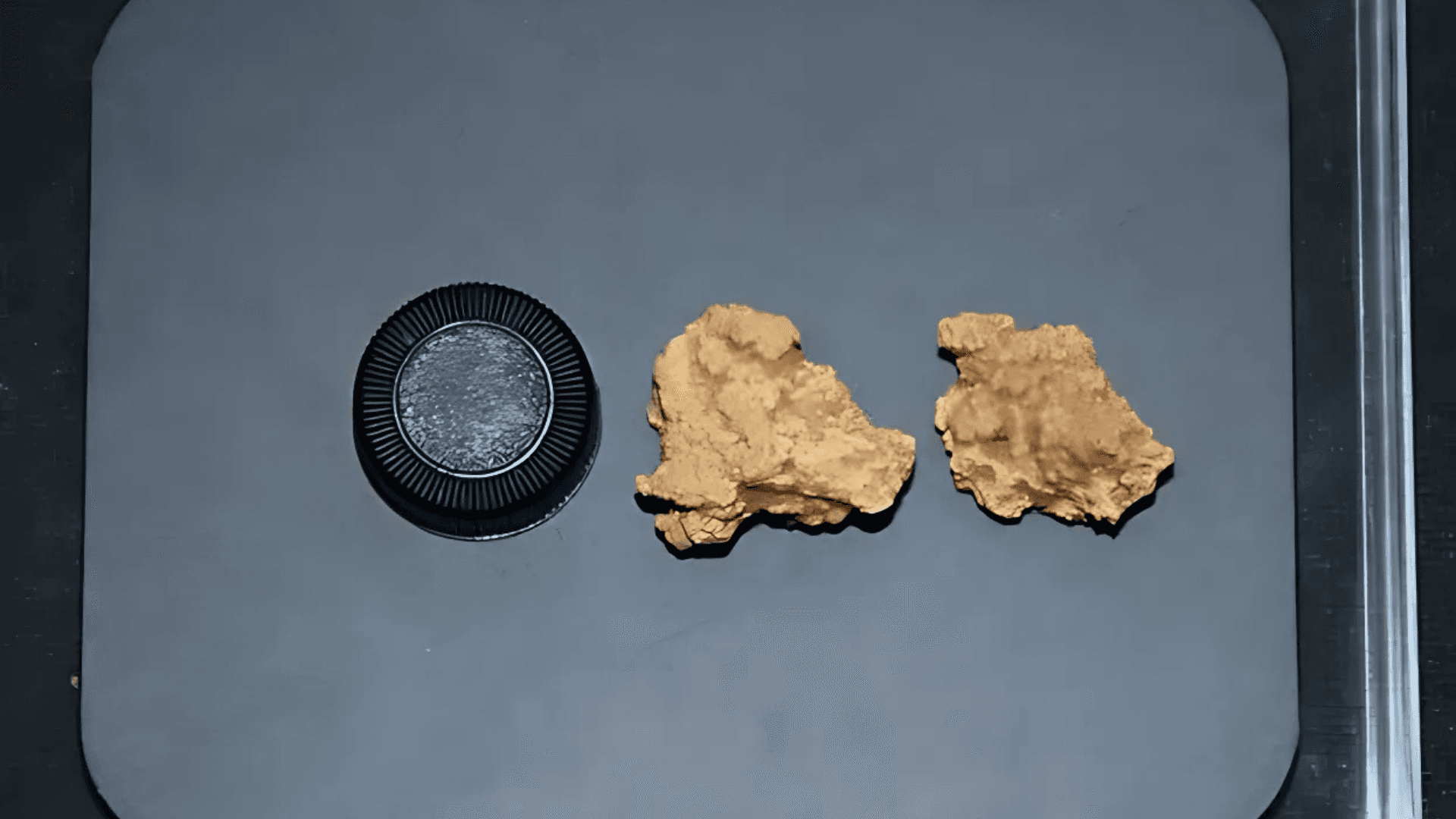
Análisis de ADN en momias chinas de 3.600 años revela el queso más antiguo del mundo
Oct 7, 2024
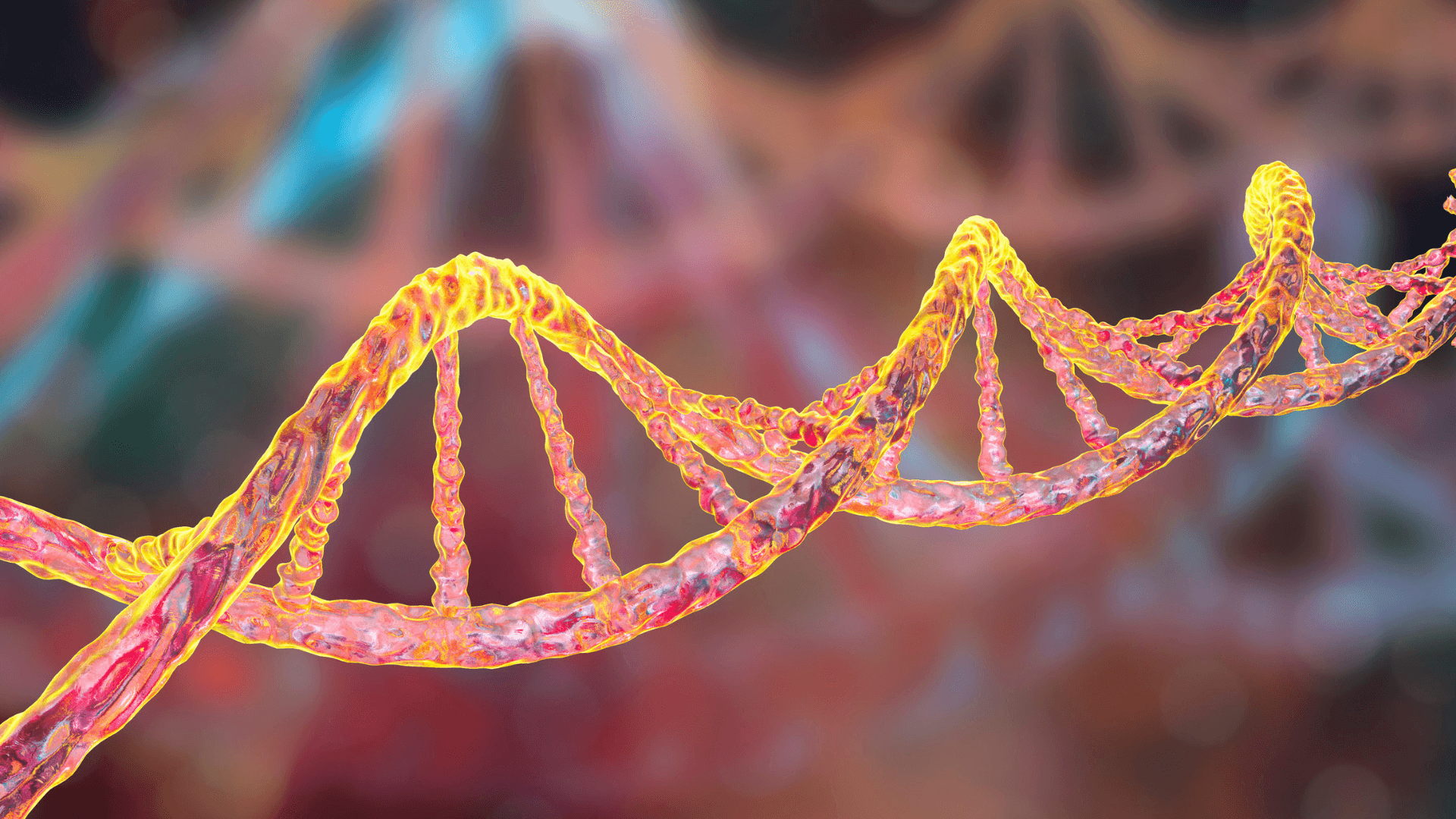
Estudio revela estabilidad genética de poblaciones del África Austral durante 10 milenios
Oct 4, 2024

Nueve lugares míticos que podrían haber existido, según descubrimientos arqueológicos
Oct 3, 2024
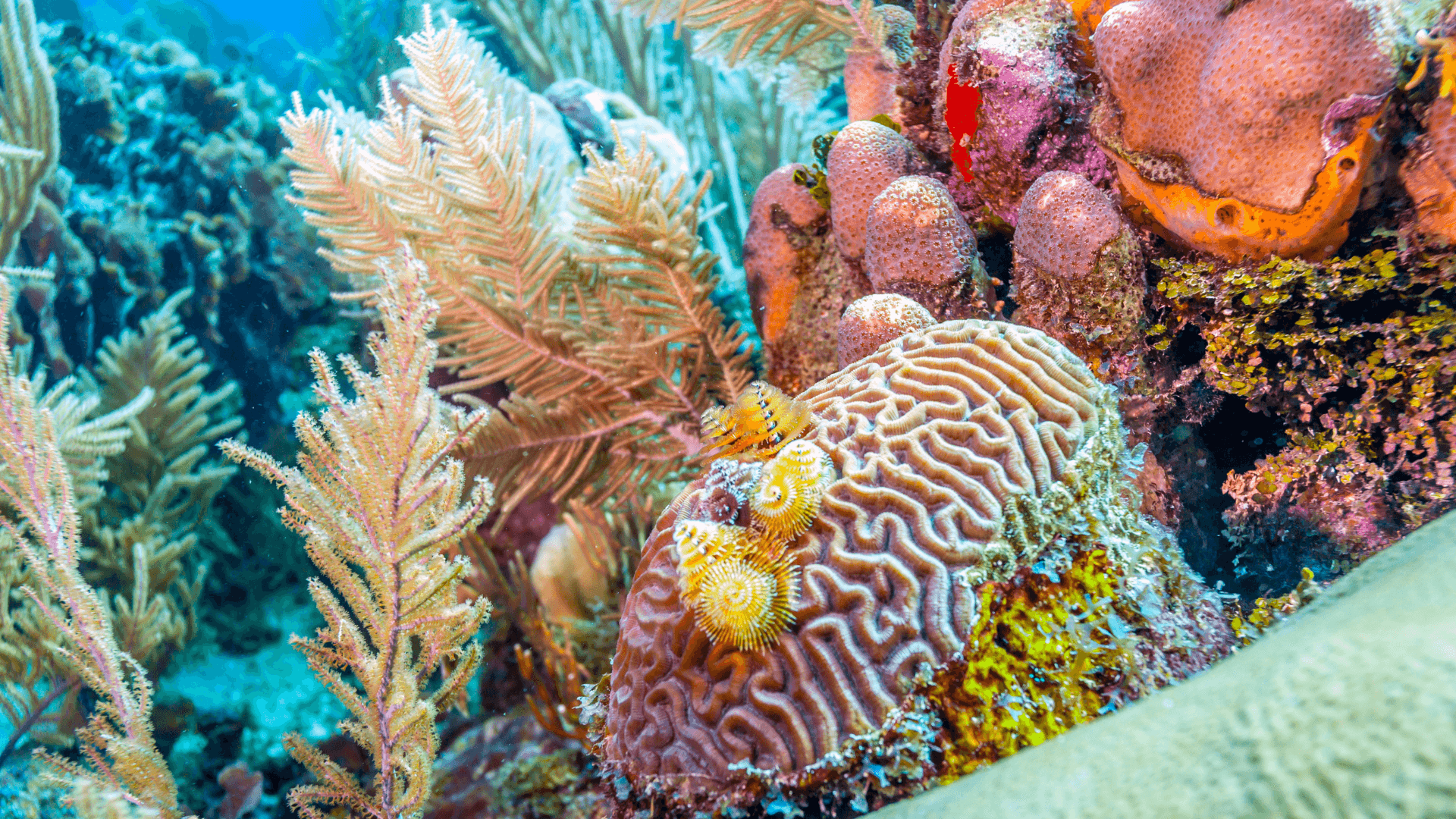
Cómo los derechos humanos pueden salvar los arrecifes de coral y responsabilizar a los gobiernos
Oct 2, 2024

Informe de Carbon Brief señala que 2024 podría ser el año más cálido de la historia
Sep 4, 2024

El clima determina la distribución de mamíferos, revela estudio de la Universidad Estatal de Carolina del Norte
Sep 4, 2024

Estudio sugiere que los ‘hotspots’ de fósiles en África distorsionan la visión de la evolución humana
Sep 3, 2024

Ruido inusual en la Starliner de Boeing intriga a astronauta de la NASA
Sep 3, 2024

Estructura en forma de rosquilla en el núcleo de la Tierra revela secretos sobre el campo magnético
Sep 2, 2024

Compartir en:

Compartir en:

Microplásticos detectados en el líquido folicular ovárico: ¿qué significa para la fertilidad humana?
Apr 22, 2025

Crisis humanitaria en Myanmar: millones necesitan ayuda tras terremotos devastadores
Apr 21, 2025

¿Vida en otro planeta? Detectan gas vinculado a la vida en el exoplaneta K2-18b
Apr 18, 2025

¿Lobos terribles recreados? Conoce los animales modificados genéticamente por Colossal Biosciences
Apr 11, 2025

Seguridad digital e inteligencia artificial: soluciones y desafíos en 2025
Apr 3, 2025

Salud cardiovascular en comunidades rurales: estudio revela los impactos de los factores sociales
Apr 1, 2025

Calor inesperado marca el primer día de la primavera de 2025 en el Reino Unido: ¿señal del cambio climático?
Mar 21, 2025

DeepSeek AI: el chatbot chino que está sacudiendo el mercado global
Feb 7, 2025

Estudio revela que la vida social activa puede reducir el riesgo de demencia
Feb 4, 2025

Año nuevo lunar 2025: la llegada del año de la serpiente
Jan 30, 2025

Nueva hipótesis sobre el origen de los dinosaurios desafía conceptos tradicionales
Jan 27, 2025

Colapso de la plataforma de hielo Conger: alerta para la Antártida Oriental
Dec 20, 2024

Emociones y el cuerpo humano: conexiones milenarias en textos neoasirios
Dec 20, 2024

Un estudio relaciona la contaminación atmosférica con el riesgo de tromboembolia venosa
Dec 20, 2024

Ambiente potencialmente habitable en Marte descubierto por Perseverance
Dec 20, 2024

Revolución XRISM: Nuevos descubrimientos sobre agujeros negros supermasivos
Oct 15, 2024

Estudio aponta que la duplicación del gen AMY1, relacionado con la digestión del almidón, precede a la agricultura
Oct 14, 2024

Nacimientos en la UE caen por debajo de los 4 millones por primera vez desde 1960
Oct 11, 2024

Excavación en Dinamarca revela 50 esqueletos Viking increíblemente preservados
Oct 10, 2024

Estudio detecta mayor incidencia de asma y rinitis alérgica en personas nacidas en otoño e invierno en Finlandia
Oct 9, 2024

Estudio señala similitudes entre la pubertad de adolescentes de la Edad de Hielo y jóvenes modernos
Oct 8, 2024

Análisis de ADN en momias chinas de 3.600 años revela el queso más antiguo del mundo
Oct 7, 2024

Estudio revela estabilidad genética de poblaciones del África Austral durante 10 milenios
Oct 4, 2024

Nueve lugares míticos que podrían haber existido, según descubrimientos arqueológicos
Oct 3, 2024

Cómo los derechos humanos pueden salvar los arrecifes de coral y responsabilizar a los gobiernos
Oct 2, 2024

Informe de Carbon Brief señala que 2024 podría ser el año más cálido de la historia
Sep 4, 2024

El clima determina la distribución de mamíferos, revela estudio de la Universidad Estatal de Carolina del Norte
Sep 4, 2024

Estudio sugiere que los ‘hotspots’ de fósiles en África distorsionan la visión de la evolución humana
Sep 3, 2024

Ruido inusual en la Starliner de Boeing intriga a astronauta de la NASA
Sep 3, 2024

Estructura en forma de rosquilla en el núcleo de la Tierra revela secretos sobre el campo magnético
Sep 2, 2024
